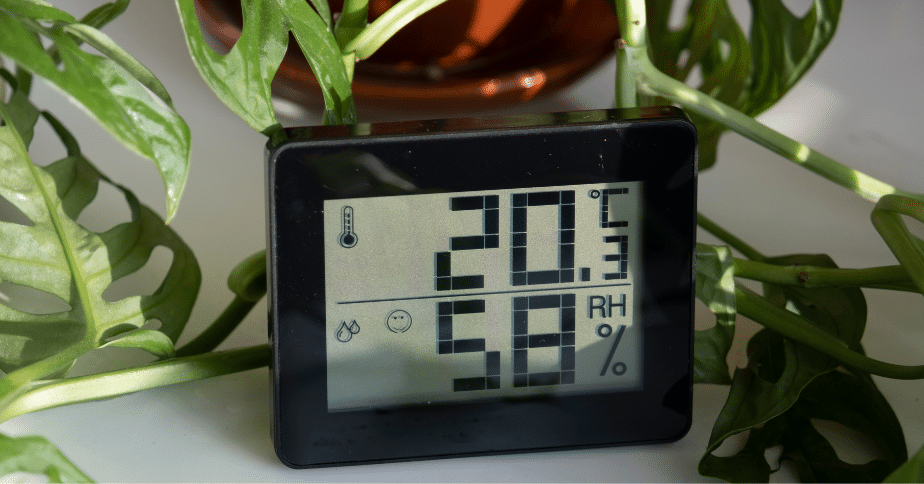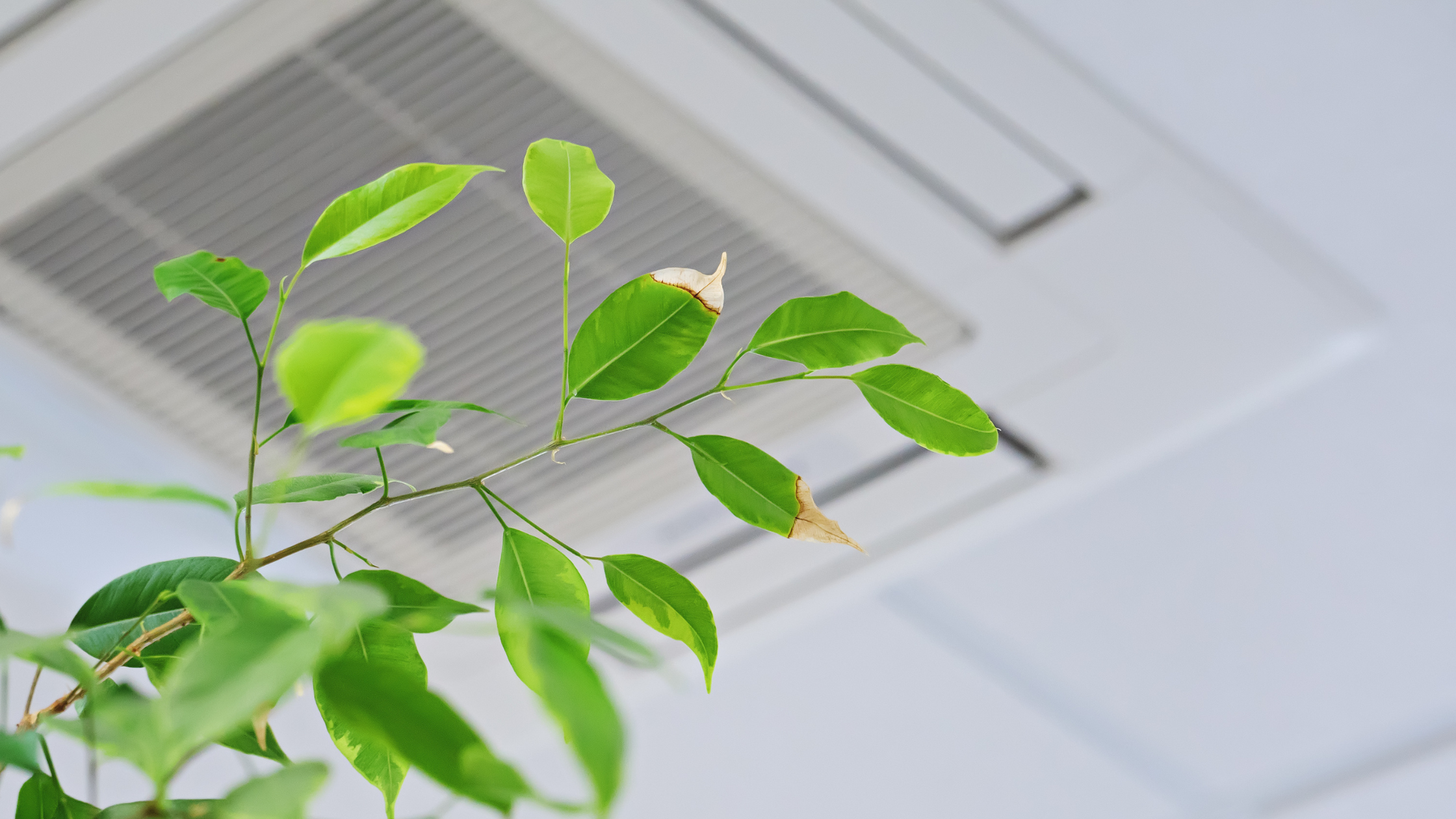6 Ways Your Home Is Making Your Family Sick

Your home is your reprieve and place to escape worries and stress, but could it be making you and your entire family sick? The reality is that many of the contaminants and things we’re exposed to daily within the walls of our homes are negatively affecting our health and our family’s health.
You might notice symptoms, like everyone constantly feeling a little like they have a cold, or maybe the symptoms are more intense, like allergies.
Sick-building syndrome is the umbrella term for situations where water damage, mold, and bad indoor air quality affect your health. Still, unless you identify what’s happening, you can’t take the necessary steps to fix the issue.
Signs Your House Is Making You Sick
The symptoms of the sick-building syndrome can be nonspecific, making it harder to figure out the underlying causes.
The more common signs that something’s problematic in your house include:
- Respiratory symptoms like asthma and allergies, frequent sinus infections, and congestion.
- Physical symptoms, including muscle aches, rashes, sore throat, and stomach discomfort.
- Emotional changes, such as depression or agitation.
- Cognitive problems, like brain fog, frequent headaches, or disturbances to your sleep.
You might notice that your symptoms get worse when you spend more time at home, and when you’re away, they get better or altogether disappear.
There are also scenarios where you can’t necessarily pinpoint particular symptoms you or your family are experiencing, but there’s just that nagging feeling of something not being right.
Also, everyone is different, and the things in your home that could make you sick aren’t necessarily the same for everyone in the family. One person might be more prone to sinus congestion and another to headaches.
So, how exactly might your home be making you sick?
1. Moisture Intrusion
Moisture intrusion occurs when water enters a house, whether from the interior or exterior.
Even small amounts of water can cause mold and damage in your ceilings and behind your walls.
When we talk about moisture in a home and its potential to create dangerous mold, we often think about those more prominent situations, like indoor plumbing leaks or water coming in from the outside.
There’s also condensation to consider, which can be just as harmful and might even put your home at a higher risk for mold growth than other types of moisture. You’ll see condensation on your windows when the air outside is drier and cooler than your indoor air. When that happens, the condensation can drip into the interior of your walls, cultivating mold growth.
Along with condensation, any form of water damage is potentially harmful. If you see a leak or potential water damage, promptly cleaning it and getting professional advice can help avoid mold.
Signs of water damage include trim not flush with your floor or walls, walls or ceilings that are soft or warped, and cracked or peeling paint. Buckling or warped floorboards and white mineral deposits on floors can also signify moisture intrusion.
2. High Humidity Levels
When your home’s humidity level is above 60%, you create an environment prone to mold. If your humidity is high enough, it can affect your drywall, and mold can spread behind the walls.
Mold causes many harmful health effects, including chronic sinus problems and even nervous system damage.
When you have high humidity and mold risk, it’s also an environment conducive to dust mites.
A humidity monitor can help you keep your levels in check—you should aim to have levels between 40-60%. If your humidity levels are too low in your home, that can contribute to respiratory irritation, so they need to be somewhere in the optimal range.
3. Poor Indoor Air Quality
We tend to give a lot of thought to outdoor air quality, but what about inside your house?
Indoor air quality refers to the air quality in buildings and structures to the health and comfort of the people who occupy them.
Indoor air pollutants can cause both immediate and long-term health effects. For example, indoor air pollutants can irritate the nose, throat, and eyes, causing fatigue, dizziness, and headaches.
Long-term effects can include respiratory diseases and a higher risk of cancer and heart disease.
Poor indoor air quality causes include excess moisture, building materials, fuel-burning combustion appliances, and newly installed carpet or flooring.
If you’re not getting enough ventilation and air isn’t going in and out, pollutants can build up to levels that are more likely to cause health issues.
Even the cleaning supplies you use in your home can diminish your air quality.
Many household products and cleaning supplies are linked to headaches, irritation of the eyes and throat, and other health problems. Some of these products release volatile organic compounds and other chemicals.
Cleaning supplies most likely contain volatile organic compounds (VOCs) and toxic substances, including aerosol spray products, air fresheners, rug and upholstery cleaners, furniture and floor polish, and oven cleaners.
4. Dirty Vents and Ducts
Your vents aren’t something you’re necessarily going to spend a lot of time thinking about because they’re out of sight.
They need to be cleaned like other parts of your home, though. Vents hold a lot of dust from the air, and dust particles are redistributed around your house when you turn on your heating or air.
You can clean your vent cover and whatever you can reach on your own, and at regular intervals, it’s good to enlist a professional who can clean the areas you can’t reach.
Speaking of dust, it’s building up every day, and the more it does, the more likely your family is to experience the negative effects. Regularly dusting can help, and you want to start higher and work your way down.
Dust mites stress our immune systems, and over time, they weaken them. Dust also attracts particles and dirt from the outside, and those can contain herbicides and pesticides.
5. Musty Bedrooms
There are a lot of places in your bedroom where things like dust mites can live and hide, and you’re getting direct exposure to them for extended periods every day. Dust mites are in every home but can create uncomfortable reactions as they build up.
Aim to wash your sheets and towels at least every week. Vacuum and dust your curtains, carpets, and furniture.
You should also use cases for your bedding designed to keep dust mites from reaching your mattress and pillows.
6. High Radon Levels
Finally, have you checked the radon levels in your home? It’s fairly simple to test them, and there are radon reduction systems that can be installed when needed.
Radon is an invisible, odorless gas that’s naturally released from soil, rocks, and water, It can seep into your home through small cracks, and over time it can build up, raising the risk of lung cancer and other health problems.
Contact us if you’re worried your family is suffering from symptoms created by your home. Air Quality Assessors of Florida is a statewide testing service for indoor air quality. We are accredited in mold and moisture assessment and can help you create a safer, healthier, and fresher home for your family for years to come.



